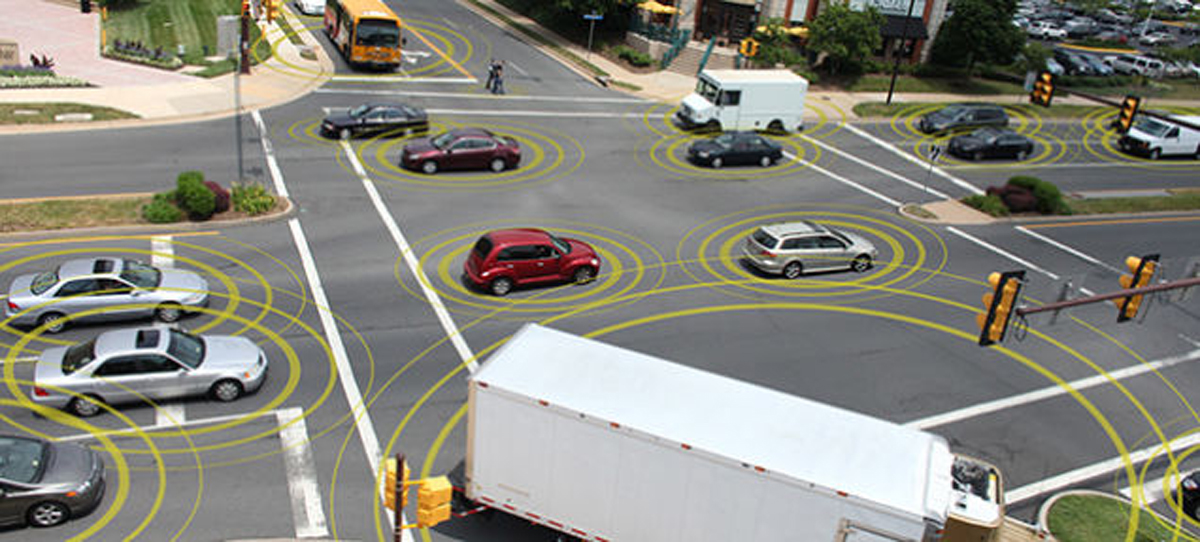
As much as we try our best to be good drivers, we’re only human. We’re constantly distracted, whether it’s by cranking the volume on your favorite song, taking a sip of coffee on the way into work, or raging at the jerk who just cut you off (probably in a car you can’t afford).
Driving is a constant risk, and it’s a miracle it works as well as it does.
Car manufacturers have been “waking up” cars for the last few years, adding in early-warning systems that beep at drivers when potential dangers are near. Now, the U.S. Department of Transportation is looking to standardize those Vehicle-to-Vehicle (V2v) communications systems and get them into all new cars in the next 7 years.
With autonomous cars becoming more and more of a reality and drivers being increasingly distracted, this kind of technology is starting to look essential. Right now, though, each automotive company has their own gear and their own software.
The rule proposed by the DOT would require that the industry works together to create standard equipment and tools, and standardize what information is sent and received – stuff like speed and direction of travel, but not personal information tied to any individuals, for example. The system would also work in concert with Vehicle-to-Infrastructure systems transmitting information about things like traffic lights and upcoming intersections to your vehicle.
Light-duty vehicles account for 64% of all car crashes
The National Highway Traffic Safety Association estimates that the systems would cost drivers about $250 to $350 per car, including installation. The proposal includes the NHTSA’s research on the matter, which indicates that the light-duty vehicles the proposal includes account for 3.4 million crashes, or 62 percent of all crashes, and 7,325 fatalities (along with countless crash-related injuries). The “economic and comprehensive costs” for those crashes amount to about $109 billion and $319 billion respectively.
If adopted, the proposal (PDF) would be put into effect in 2019 and phased in over the next four years, with 2023 as the deadline. The proposal itself is linked in the source below, and the DOT will be collecting consumer opinions on the proposal as well.
Standardizing and popularizing V2V communication will be key in the proliferation of self-driving cars, and chances are good that the technology could save countless lives as well as piles of money for everyone involved.













